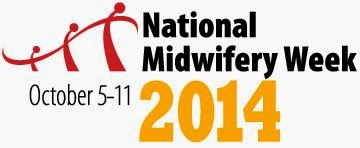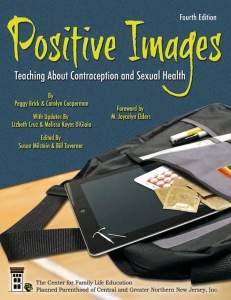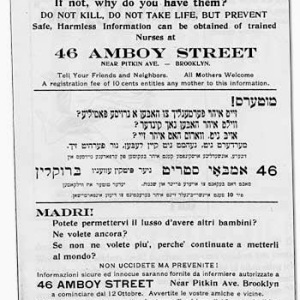Before we move on to the lesson plan I’ve chosen to start this week off with, I need to let you know that I’m particularly biased towards midwives. I had both of my children with the help of midwives – one in a birthing center and one in my home. My first birth was slow, steady, and beautiful. (Another way of saying that might be that it was long and intense and beautiful, but it’s all semantics.) My second birth was very fast and one of the hardest things I’ve ever done. Midwives helped carry me through both births – but even more importantly they helped me prepare for the births and then settle in to being a mother afterwards.
My midwife for my second birth was Christy Tashjian – of Motherbloom Midwifery. She is also my neighbor, friend, and regular speaker in my college classes. So if you ever find yourself in Austin in need of a midwife or well woman care from a fantastic midwife and nurse practitioner, I encourage you to look her up!
So in honor of National Midwifery Week, today I’m pulling a lesson from Positive Images:
_____________________________________________________________________
POSITIVELY PREGNANT
Prenatal Care: The Difference It Makes
Objectives:
Participants will:
1. Review the importance of early prenatal care for the health of both the mother and the baby.
2. Know the early signs of pregnancy.
3. Understand that there are many places a young woman can turn to get help regarding a pregnancy.
Rationale:
Most sexuality education programs, committed to prevention of adolescent pregnancy, fail to address the reality that many teens do become pregnant and need to know about the importance of prenatal care. There are a number of reasons why young women do not get adequate help regarding their pregnancies. Some deny their pregnancy for many months; others are fearful of telling their partners and/or their parents. Still others do not realize that their own health and that of the fetus (should they choose to carry to term) is helped by early and consistent prenatal care. This lesson seeks to empower young women to identify possible pregnancy, get help from people they trust in making decisions about a pregnancy, and access appropriate community resources.
_____________________________________________________________________
Knowing the early signs of pregnancy is a huge deal. Having a clear understanding of how pregnancy happens is something that is remarkably rare among young people – and that’s scary! Sexuality educators need to teach young people not only how to stop unwanted pregnancy from happening with contraception, but also how pregnancy happens and how to spot it. The story that is included in the lesson is about a teenager who isn’t willing to accept that she is pregnant, despite all of the signs. But it’s just as problematic for young women to think that they are pregnant when they’re not. Both sides need to be taught.







